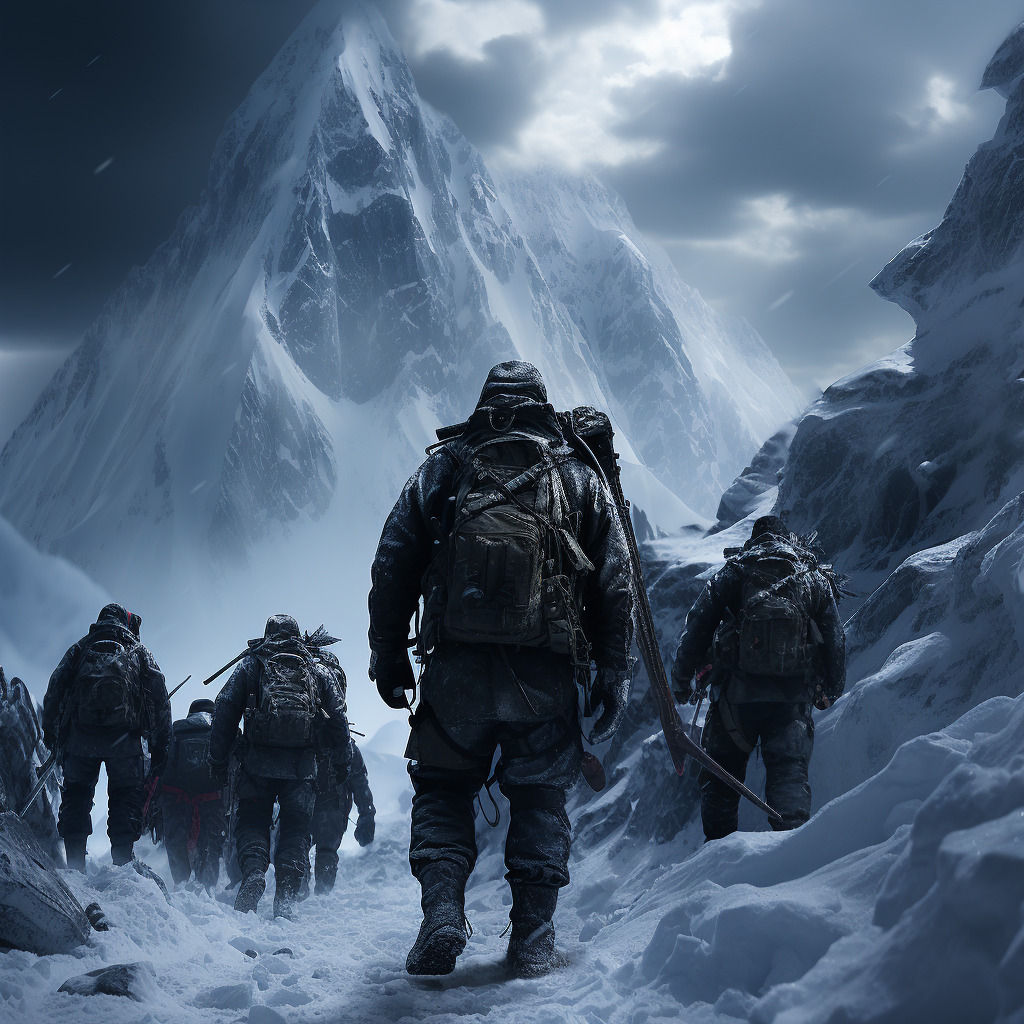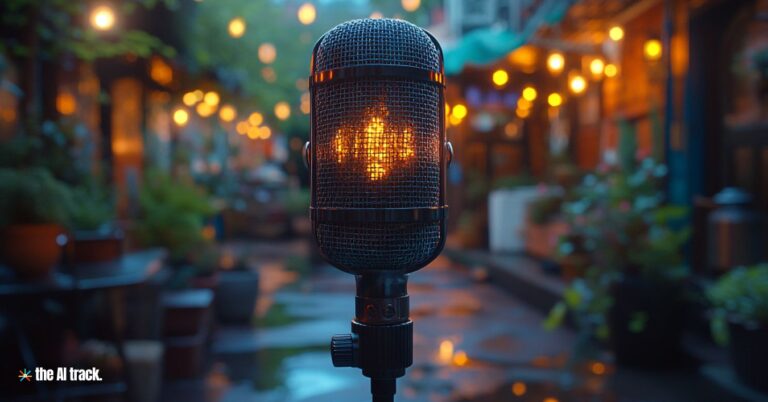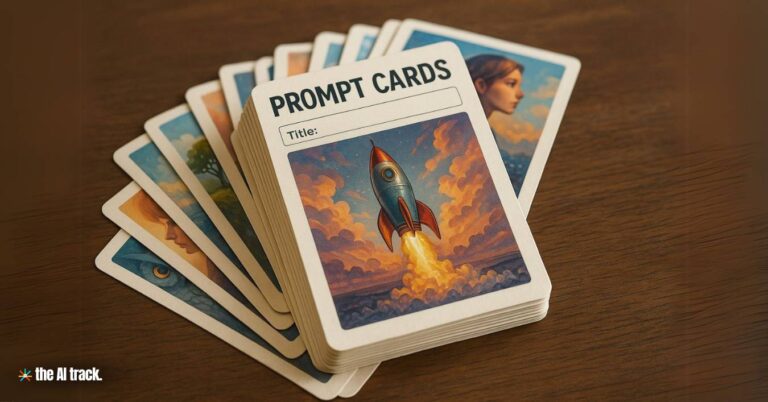More from the AI Track
AI Image Generation Shakeup: Reve Outperforms Ideogram & Midjourney
Reve Image 1.0, a free AI model with 12B parameters, leads in ethnic diversity, text accuracy, and landscape realism, though struggles with fictional characters and transparency.
AI in 2023: A Definitive 2023 AI Recap of Pivotal Moments
Explore the transformative year of 2023 in AI with our definitive "2023 AI recap", covering groundbreaking innovations, policy changes, and industry milestones.
Amazon Expands Nova AI Suite with Sonic, Canvas, and Reel Models for Advanced Voice and Visual Content Generation
Amazon's Nova AI suite now includes Nova Sonic for real-time voice interactions, Nova Canvas for image generation and editing, and Nova Reel for video creation, offering high performance and cost efficiency for developers and businesses.
Midjourney V7: Midjourney’s First New Model in Nearly a Year
Midjourney V7 introduces voice prompting, faster Draft Mode, improved realism, and a new architecture, while legacy features remain missing and user reactions vary.
The Ultimate Collection of Viral ChatGPT 4o Image Prompts
Explore 50+ viral ChatGPT 4o image prompts—from memes to comic strips to pet makeovers. Try them now and unleash your visual creativity.
Capture the Character: Select Film or Camera Type for Striking Prompts!
Enter the realm of Camera Effects in AI Art technique, where the nuances of film and camera types specs breathe life into AI-generated imagery
















